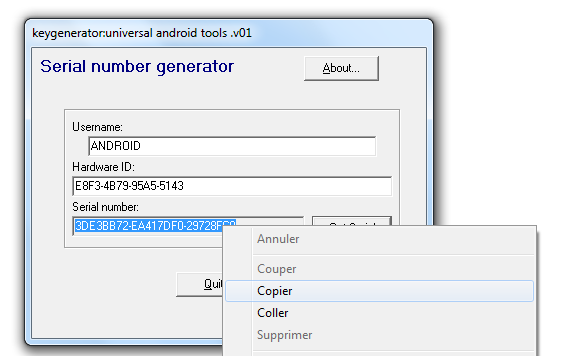

More sophisticated threats include polymorphic malware that can repeatedly change its underlying code to avoid detection from signature-based detection tools anti- sandbox techniques that enable malware to detect when it is being analyzed and to delay execution until after it leaves the sandbox and fileless malware that resides only in the system's RAM to avoid being discovered.

Some of these evasion techniques rely on simple tactics, such as using web proxies to hide malicious traffic or source IP addresses. Sophisticated malware attacks often feature the use of a command-and-control server that enables threat actors to communicate with the infected systems, exfiltrate sensitive data and even remotely control the compromised device or server.Įmerging strains of malware include new evasion and obfuscation techniques designed to not only fool users, but also security administrators and antimalware products. Phishing attacks are another common type of malware delivery where emails disguised as legitimate messages contain malicious links or attachments that deliver the malware executable file to unsuspecting users. How to create a data security policy, with template.5 data security challenges enterprises face today.The importance of data security in the enterprise.This article is part of What is data security? The ultimate guide


 0 kommentar(er)
0 kommentar(er)
